It seems audacious to compare ourselves to Amazon – one of the biggest ecommerce retailers on the planet – but let me explain.
Amazon drastically disrupted the normal supply chain model by bypassing retailers.
They then further disrupted the supply chain by acquiring suppliers, removing the need for wholesalers.
Amazon has created a warehouse-to-consumer direct model that’s powered by the internet and extraordinary shipping logistics.
And while we are not trying to emulate this model, there are parallels between what Amazon and Canva are doing in terms of streamlining processes, opening up new markets and connecting consumers to products.
Let’s look at making a flyer. In the past, people would design a flyer on their home computer or get a graphic designer to do it. Then they would send the file to a third party printer for fulfilment and then it would be collected or shipped to them.
With Canva’s disruptive new printing model, there are a number of ways this could work.
You could design a flyer in your Canva account and then organise printing directly through our ecommerce site, with fulfillment and shipping handled by one of our local print supply partners. In some locations, you can also pick up your order from one of our local Collection Partners to save on shipping costs.
Then there’s the Canva partnership model which sees you log onto a printer or retailer’s ecommerce site and use the Canva design tools to create your flyer and then they manage the printing and shipping for you.
Or, you walk into a bricks and mortar printer or retailer and you design your flyer using our Design Lab, a digital kiosk that makes it easy to quickly design and print anything in-store while you wait.
Canva’s goal is to enable people to design anything, anywhere, on any device and we’re well on our way to achieving this with over 40 million monthly active users across multiple devices and partner platforms.
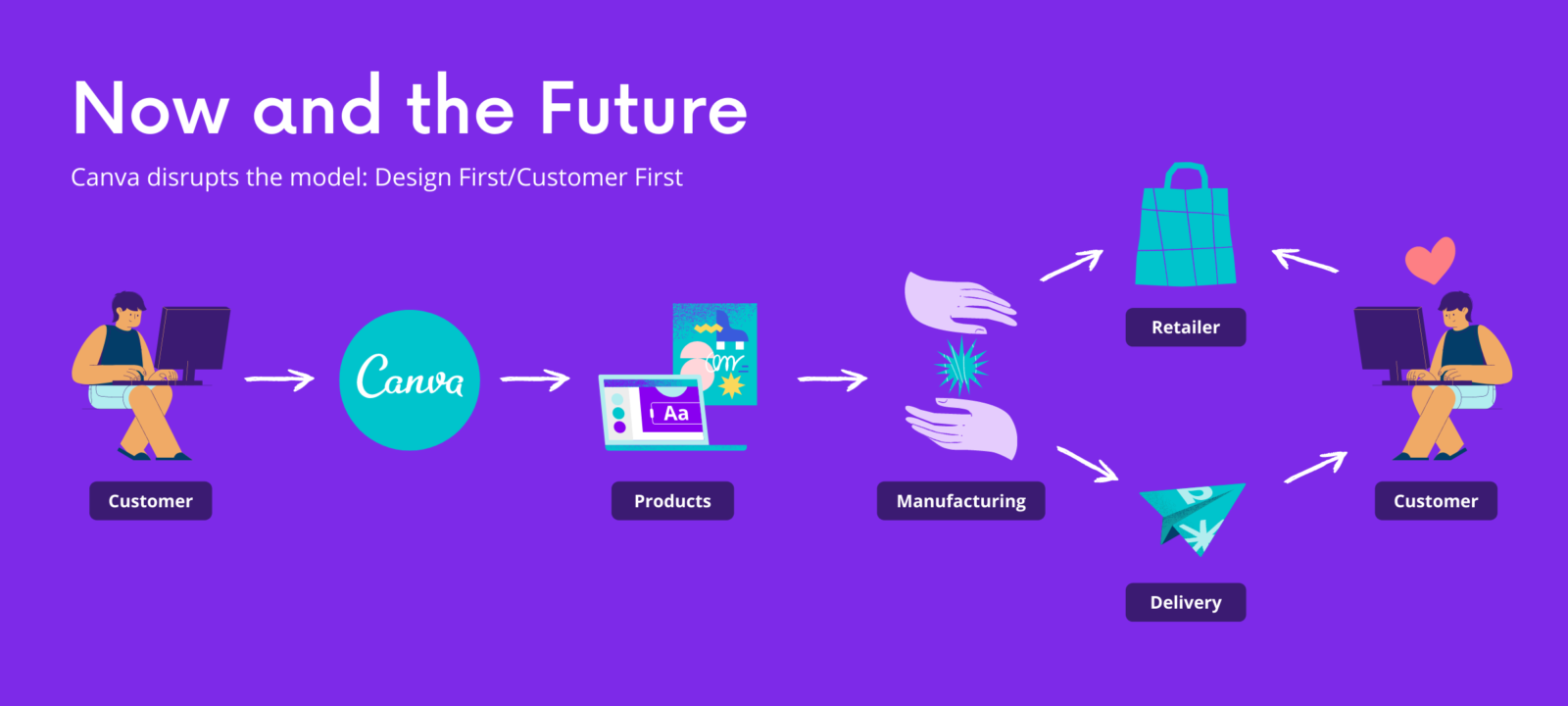
Canva’s partnership model
Personalisation
There are some big innovations coming up for us in this space. We’re not saying what we’re doing is original – Zazzle, Minted and Shutterfly are already enabling users to design and tailor elements of their products – but we see an opportunity to apply the Canva mindset to this.
We want people to have complete creative freedom.

Canva’s head of print, Jim Towle
We’re shifting the paradigm by taking it right back to the beginning and asking ‘What do you want to create?’
Then we get to work on making it.
First up, we’re creating an online store for our creators so all they have to do is worry about the art. We work out how to manufacture, print, package and ship it. We can then help with marketing the end product.
Very few artists become a household name because they don’t have the skills – or tools – required to scale but we’re changing that.
We want to give creators the opportunity to share their designs – whether that’s on t-shirts, mugs, wall art or homewares – and give them a chance to connect with our huge global audience to sell their designs.
Cool, huh?
And because we support hundreds of NFPs and NGOs globally, think about the fundraising potential of connecting creators with buyers in other markets.
How does this work for retailers?
While there’s still some protectionism around retail, companies like Snap Printing in Australia are seeing the opportunity in partnering with Canva.
Snap launched its first instore Design Lab in 2020 with plans to roll out more in the coming months.
The way it works is this: a shopper walks into their store intending to spend $10. They engage with the Canva Design Lab, an easy to use digital kiosk where customers can design and customise products, and they end up spending $100 because they customized a calendar, printed some personalized birthday party invitations and made a photo book.
The Canva partnership gives consumers more control over the products they buy, and it gives retailers another revenue stream with very little effort from their instore teams or software designers.
We’re not here to steal or take away anything from anyone. We want to enable the world to design, and that includes helping retailers harness the power of design in more ways than ever before.
I feel like there’s so much room to grow; to grow print and grow product in a way that will benefit everyone.
The sustainability benefit
The world has a scarce amount of resources. We want people to design first and produce second. Rather than doing a huge print run of thousands of garments that might not sell, why not print on demand?
We want to enable consumers to make conscious decisions by playing a role in the creation of their products.
Before Christmas 2020, we launched canvas prints, hoodies and t-shirts, prints and framed art, as well as calendars, blankets, pillows and tote bags.
But imagine if you could design and print your own curtains? Or furniture? Or bedding?
This is all just around the corner.
And Canva is 100% committed to sustainability in the way we fulfil orders. Whenever we launch a new country or a new product, we explore what levels of recycled content we can get in paper. Our packaging comes from recycled sources and all our inks and dyes are mineral oil based, non-toxic and safe for children.
We want to help people create things that they treasure, in a way that creates value and minimises harm to the environment.
The good news is that we’re well on our way to fulfilling that vision.
Found out more about what’s happening at Canva here and enquire here to become a print partner.
- Jim Towle is Canva’s Global Head of Print











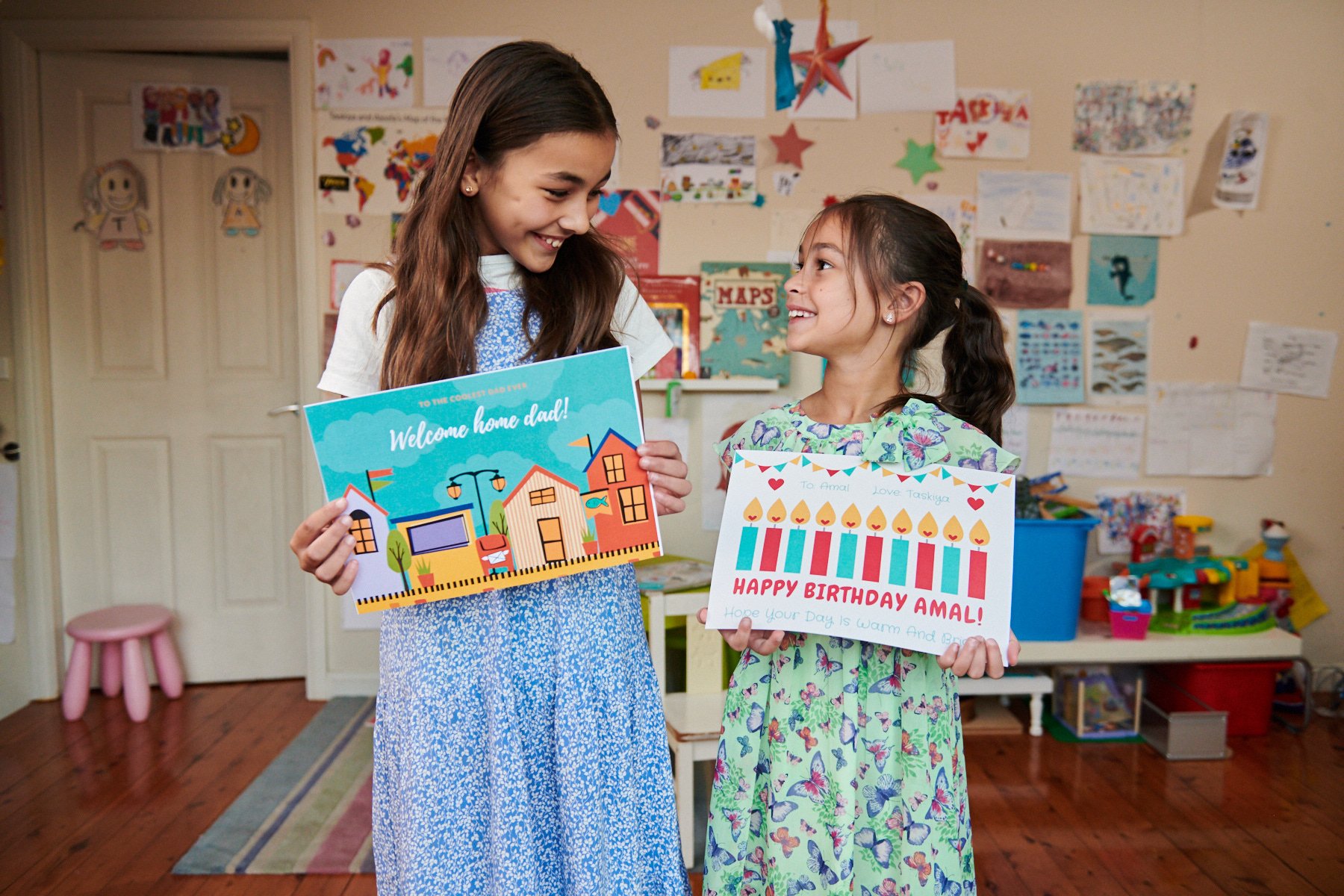



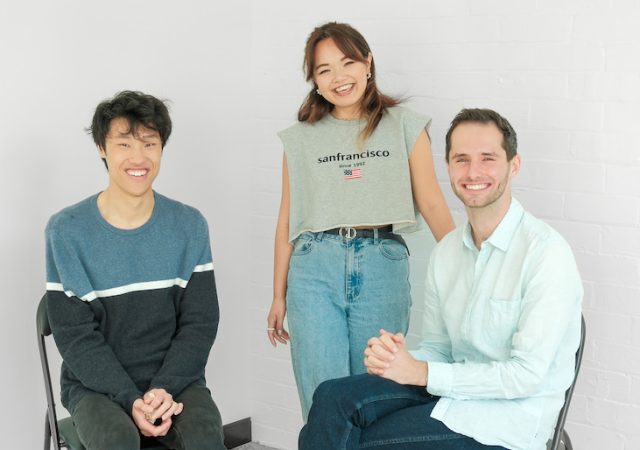

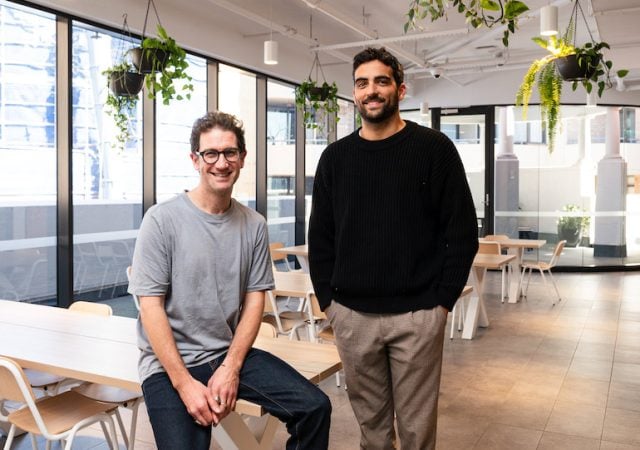

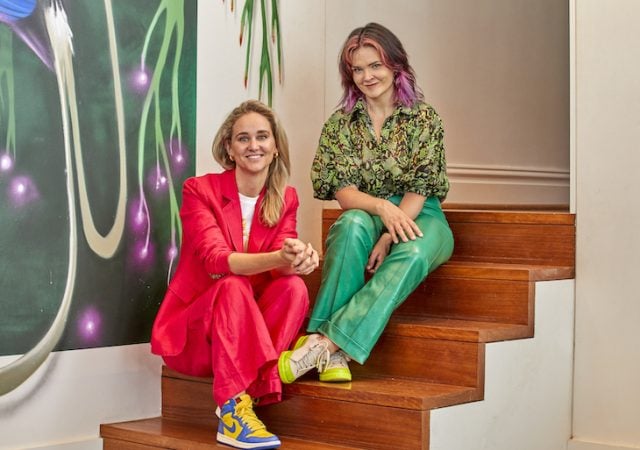
Trending
Daily startup news and insights, delivered to your inbox.